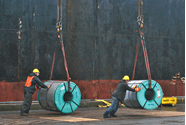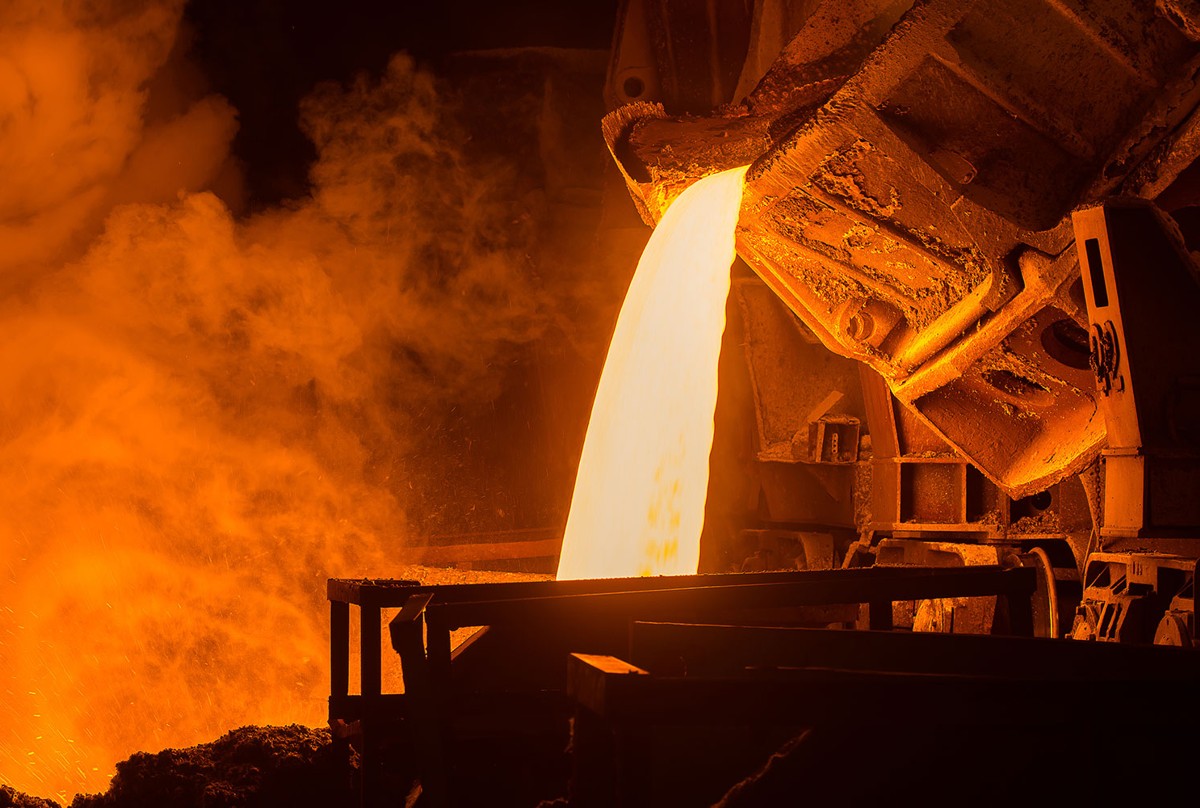Analysis

December 18, 2017
Final Thoughts: Will Trump’s Big Win Prove Too Taxing for Infrastructure?
Written by Tim Triplett
For better or worse, depending on your income and situation, it looks like President Trump and the Republicans will win a big political victory with passage of their historic tax overhaul this week. No doubt, there will be a shakeout period during which the many complicated details of the measure will be scrutinized, and their effects debated. One unintended consequence has significant implications for the steel industry. Passage of a tax-relief measure with the potential to add $1.5 trillion to the federal deficit over the coming decade makes passage of a major infrastructure bill next year that much less likely.
“Whether the president will go forward with an infrastructure package, and whether the public will have an appetite for it, seems unlikely to me at this point,” said a respected industry economist, who asked not to be named because his personal views don’t necessarily reflect his organization’s. “The only way to get enough votes to pass an infrastructure bill would be to find agreement on a tax increase to pay for it or offsetting spending cuts. Neither of those seem to be in the cards.”
As we put this newsletter to bed, details of the tax bill remained unclear. Some accounts indicated that private activity bonds would retain their tax-exempt status under the new tax laws, which is arcane but important. “The president has been saying he wants private sector money to play a large part in the infrastructure improvements. I don’t see any way to attract private investment for infrastructure if there isn’t favorable tax treatment,” the economist noted.
Not to suggest there will be no infrastructure spending next year. The need to expand and modernize facilities will drive a good deal of airport construction. Airports are largely self-funded through airline landing fees and various rents and taxes. Work to expand ports to handle the larger ships that can now pass through the Panama Canal will continue, though much of that spending has already taken place. State and local governments will work on the nation’s badly deteriorating roads and bridges with whatever federal support they can get.
“In terms of putting more federal money toward infrastructure, I don’t see it happening in 2018, even if the administration puts forward a plan early in the year. It will take Congress time to pass it, and time for state and local authorities to award the contracts, pushing the timetable into 2019,” the economist said.
By some estimates, the big federal infrastructure program promised by Trump the candidate could boost steel demand in the U.S. by as much as 5 percent. What Trump the president can deliver following the bruising battle over taxes may be considerably less.
Editor’s note: SMU Publisher John Packard is cruising the Caribbean on a well-deserved vacation (which has not kept him from dashing off various emails about steel between fruity drinks with little umbrellas). Look for John’s Final Thoughts in Thursday’s newsletter.







